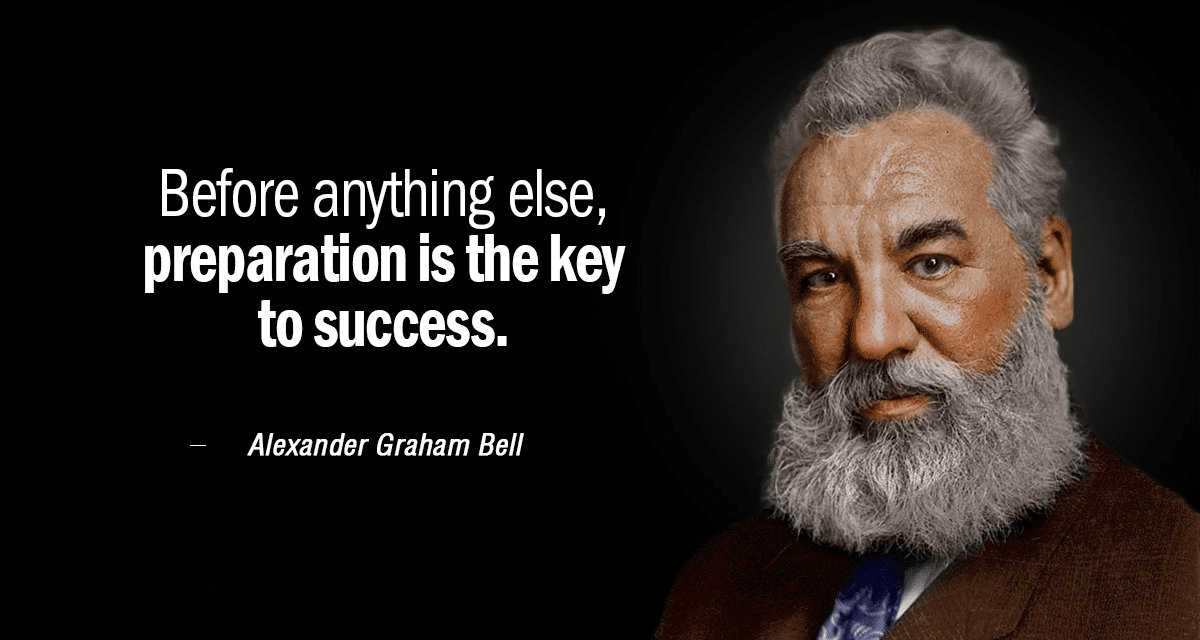In the words of the legendary Benjamin Franklin, if you fail to plan, you plan to fail. In a seemingly limitless environment like forex, most traders operate without any rules.
Humans are naturally wired not to follow guidelines, which very often has negative consequences. Therefore, a trading plan becomes essential, acting as a blueprint for how, why, and when a trader should be trading.
As with any plan, there seems to be no boundary to what one could add. Traders need to strike the right balance between not too bland and not too long.
This article will cover more about what a trading plan is, the cruciality of writing one, and what should broadly be included in it.
What is a forex trading plan, and why is it significant?

The trading plan is a written skeleton guiding traders through the holistic trading process. The blueprint helps setting all the conditions for entering, exiting, and managing a trade, along with the risk-reward parameters, their strategy, watchlist, and general routine.
A plan instills discipline and accountability to a trader in keeping the focus on their trading journey. In addition, since people are inherently emotional creatures, a well-defined plan helps someone consistently make logical decisions when trading.
Through intense research and forward-testing, a trader will have hopefully found their ideal trading strategy. There could be one or multiple trading set-ups within that strategy, each with its own rules and conditions.
This information forms a big part of the trading plan and is something traders need to write down and refer to before executing a position. A trading plan doesn’t need to be lengthy, but it cannot be haphazardly put together as it will miss some key ingredients.
Another important point is traders shouldn’t consider their trading plan set in stone. It’s not uncommon for many to revise their plans multiple times throughout their career as they advance in skill and knowledge.
The main things to include in a forex trading plan
Now that we’ve covered what a trading plan is and its usefulness, it’s time to see the elements forming it. First, one should note the open-endedness for many of the factors below since what traders include in their plans will vary. Similar questions should be considered.
- The trading strategy
The strategy encompasses the analytical approach someone uses to formulate a trading idea or set-up. Thus, it arguably is the most critical element to pick, which, in many cases, can take years to find conclusively.
Trading strategies consist of technical, fundamental, and sentiment analysis. So, a trader needs to ask themselves what exactly is their strategy and the precise identification process for identifying trade set-ups?
For example, is my strategy trading trends with Moving Averages, breakouts with the head and shoulders pattern, reversals with support and resistance?
Once this has been established, what are the right market conditions? Does the strategy only work in trending, range-bound, or any environment? After these questions have been answered, a trader should consider the entry-exit parameters.
What confirmations factors should I observe before deciding on a trade set-up; do I enter using market or limit orders; do I move my stop to breakeven, and if so, when? Within the trading strategy, one has to also decide which is the ideal time frame for a specific set-up/s; is it the 15-minute, 4-hour, or daily? Should you exclusively pick one or a few?
Lastly, the holding period also forms part of the trading strategy. High-frequency traders may only hold for a few minutes, some a few hours, while others close trades by the end of the day.
More long-term speculators would hold for several days or weeks, which is something they need to mentally prepare for well in advance by expecting some retracements or where the price stays idle for some time.
- The risk and reward parameters
This section forms part of the overall risk and money management. Unlike the trading strategy, this part of the trading plan is more mathematical, where traders must know their numbers.
Someone should define their risk tolerance for every position in one or a few set-ups at this stage. Aside from the conventional percentage rule like 1 or 2%, defining the monetary amount in relation to the trading account is the more critical step.
A typical question might be, do I risk $10 or $100 for each position? If I encounter a loss or a losing streak, do I decrease this amount or let it remain constant? What is my maximum drawdown based on historical data?
Other traders might alternatively use a technique similar to the Martingale, perhaps increasing the risk by a quarter or half. Conversely, when a trader begins to profit, they may either continue with the same monetary risk or amplify it to levels they can tolerate.
Whatever the method is, the trading plan should detail a path of what someone should realistically expect over a series of positions and how they deal with periods of winning and losing streaks.
Lastly, risk-to-reward (R:R) is the broad umbrella in these parameters. Although this metric should not remain static, traders should still know the average they aim to pocket from every position and use that as a position sizing framework.
If a trader’s R:R is 1:2, they will need to know the size of their stop loss and potential reward in pips; is the stop loss constant for every position or varies according to different factors? When a position moves in my favor, what do I do?; do I scale in or scale out? Do I move the stop to 1R or 2R after some time?
Knowing the exact trade management keeps one from second-guessing and ensures they behave rationally, free from silly mistakes and panicked decision-making.
- The watchlist
As part of the trading plan, one should have a portfolio of markets they actively follow and find trading set-ups. When starting out, traders may only stick with only the major pairs, but this is usually only suitable for short-term traders.
Those on the opposite spectrum may desire to trade all major, minor, and even some exotics. The watchlist doesn’t just define where opportunities are available, but some set-ups might only work best in specific market conditions on specific pairs.
- Routine
A routine in the trading plan shows how much time a trader spends trading and actively looking for trading opportunities.
For instance, those trading frequently may deliberately choose to trade only during the New York session and adjust their day-to-day activities to avail this time.
Perhaps others with a day job can only analyze the markets during breaks, after work, or during the weekend. The remainder might decide to only observe their charts once daily at a certain time based on their trading style.
The trading plan should dictate these times more precisely, so traders know what to look for, when to look for it, and their overall expectations on a daily basis.
Final word
A trading plan is just preparation for navigating the forex markets. Most of the losses encountered by traders come from not planning before, during, and after a position has been taken.
It cannot be understated the importance of having a plan put in words aside from the intuitive application gained from experience. A written plan that traders can reference will help them stay disciplined and focused in their trading journey.
Read also: Setting Stops for Risk Management the Right Way
